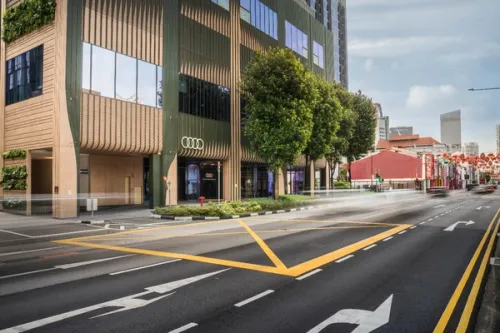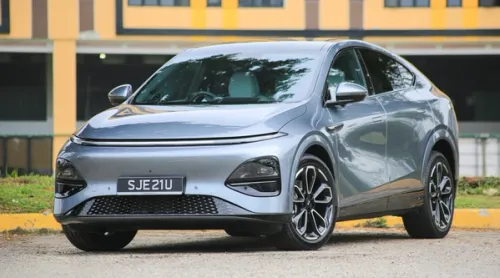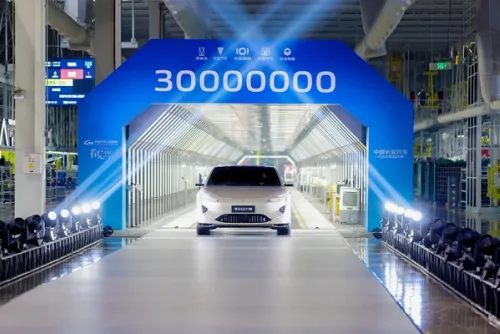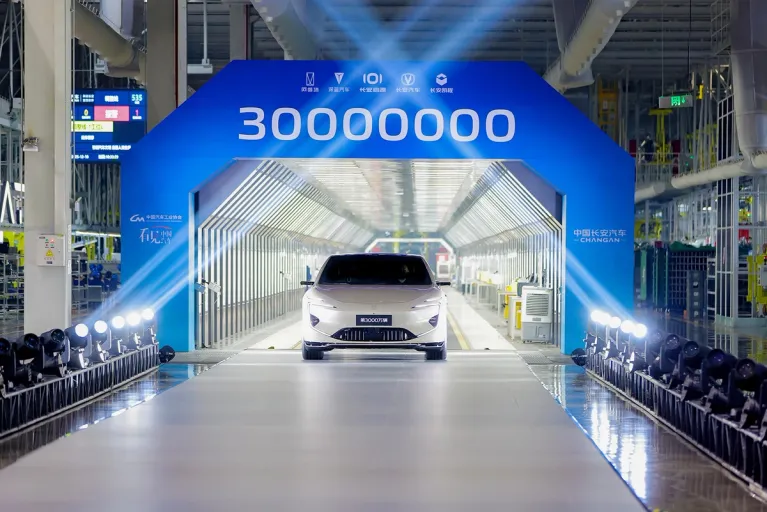Getting into gear
Confused about the differences between Tiptronic, DSG, Selespeed, Speedshift, PDK and other transmission systems? Here is a dummies' guide

Back in 2003, Audi and Volkswagen introduced a new form of sequential manual gearbox. Dubbed DSG or Direct Shift Gearbox in full, this system utilises two clutches to offer seamless and ultra quick gear changes.
Twin clutch or dual clutch gearboxes like the DSG basically offer the function of two gearboxes into one. DSG has two transmission shafts comprising of a outer hollow shaft and an inner shaft. The inner shaft works the first, third and fifth gear while the outer shaft works for the second, fourth and sixth ratio. A twin clutch transfers engine power permanently to one of the two shafts. With this arrangement, one gear is always engaged while the next is pre-selected when driving. When the gear shift point is reached, one clutch opens momentarily while the other closes, providing a quick and rather discreet gear change. It sounds complicated but whatever it is, it just works.
Five years and after a million DSG units produced, Volkswagen last year introduced the second iteration of the DSG. The new box has seven speeds and features several key technical changes, one of which is the deletion of the wet clutch found in the six-speed unit – the new box’ features a dry clutch instead which is a world first for a twin clutch system. The new set up reduces fuel consumption and exhaust emissions according to Volkswagen. Audi has since adopted the dry clutch design with the seven-speed S-Tronic that is employed in the Q5 and S4.
The twin clutch box could well make the conventional torque converter automatic obsolete quite very soon.
Name game: Porsche’s PDK, Audi’s S-Tronic, Volkswagen’s DSG, Volvo’s Powershift, Mitsubishi’s SST, BMW’s DCT
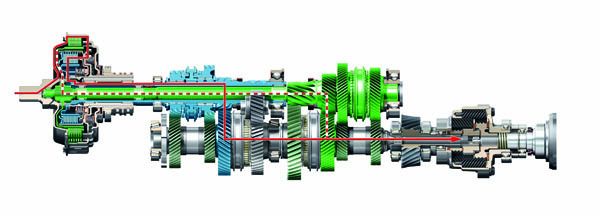

Credits: Story by Raymond Lai Photos by manufacturer and Raymond Lai


Get the Best Price for your used car
from 500+ dealers in 24 hours
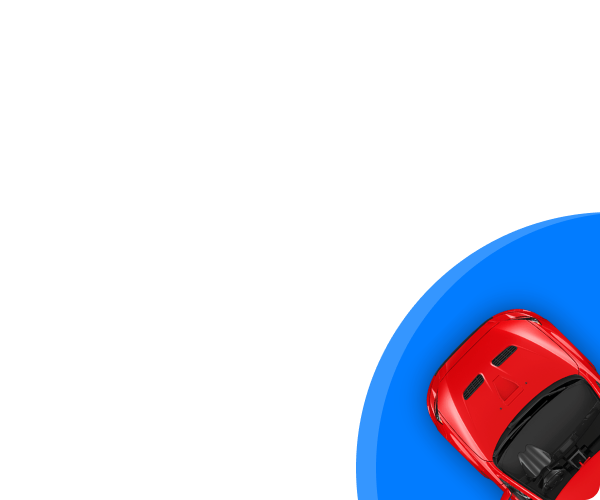
- Convenient and Hassle-Free
- Consumer Protection
Transparent Process
With No Obligation
